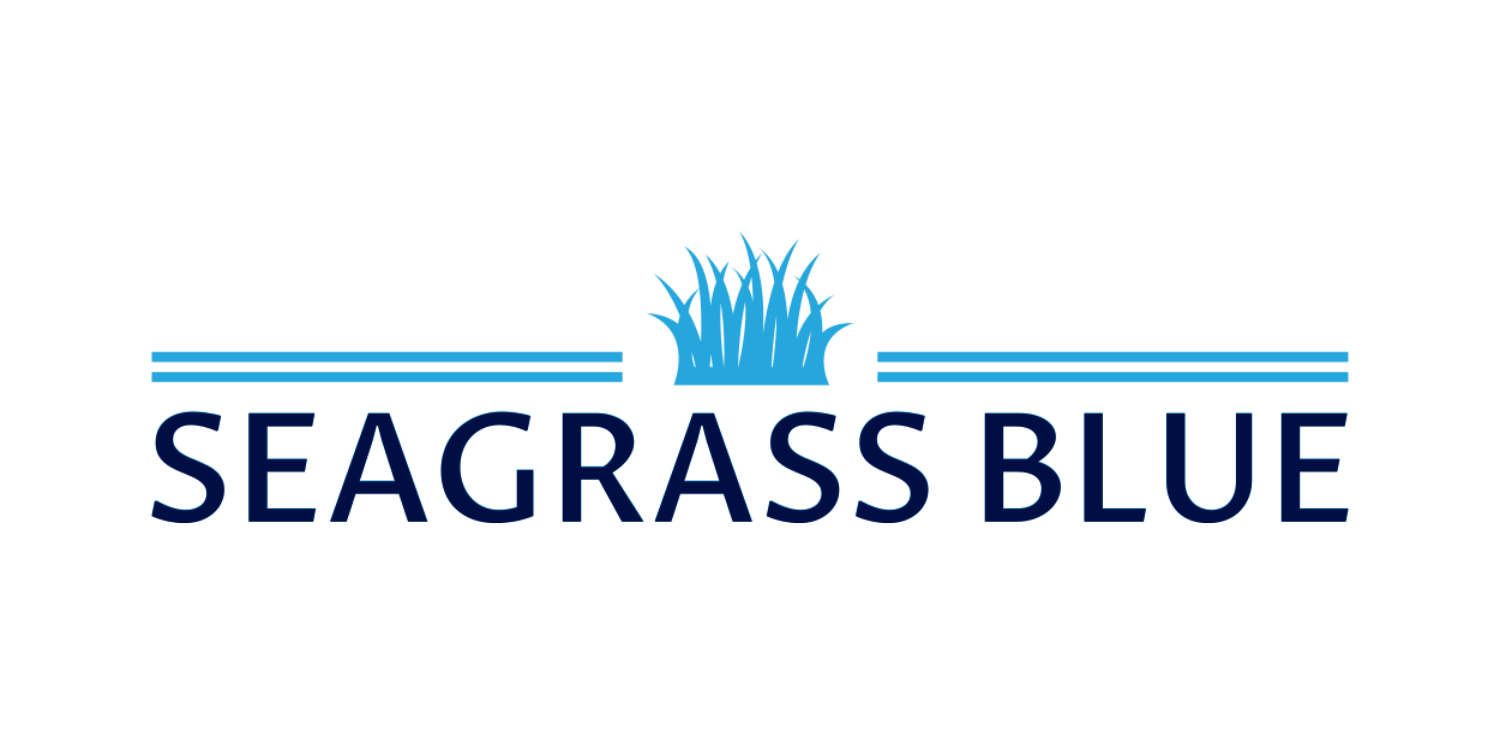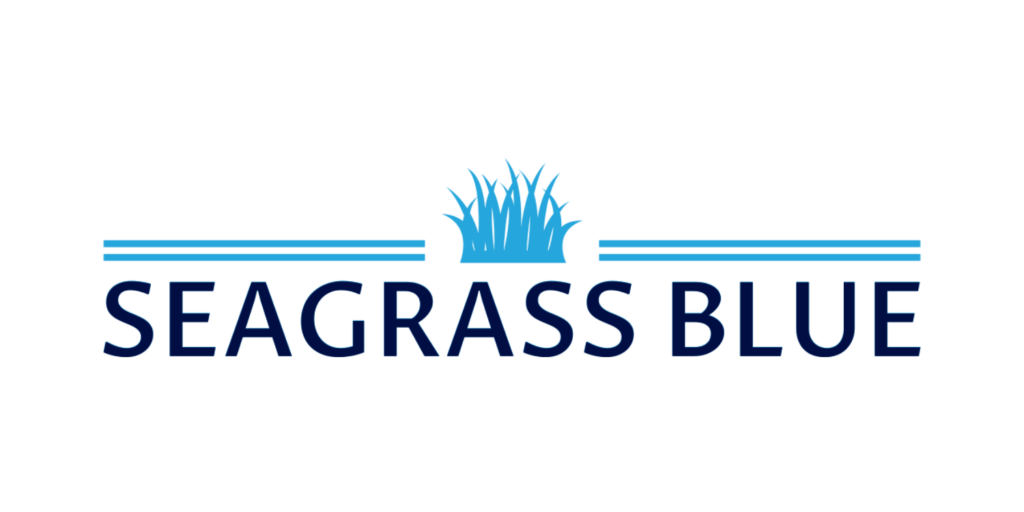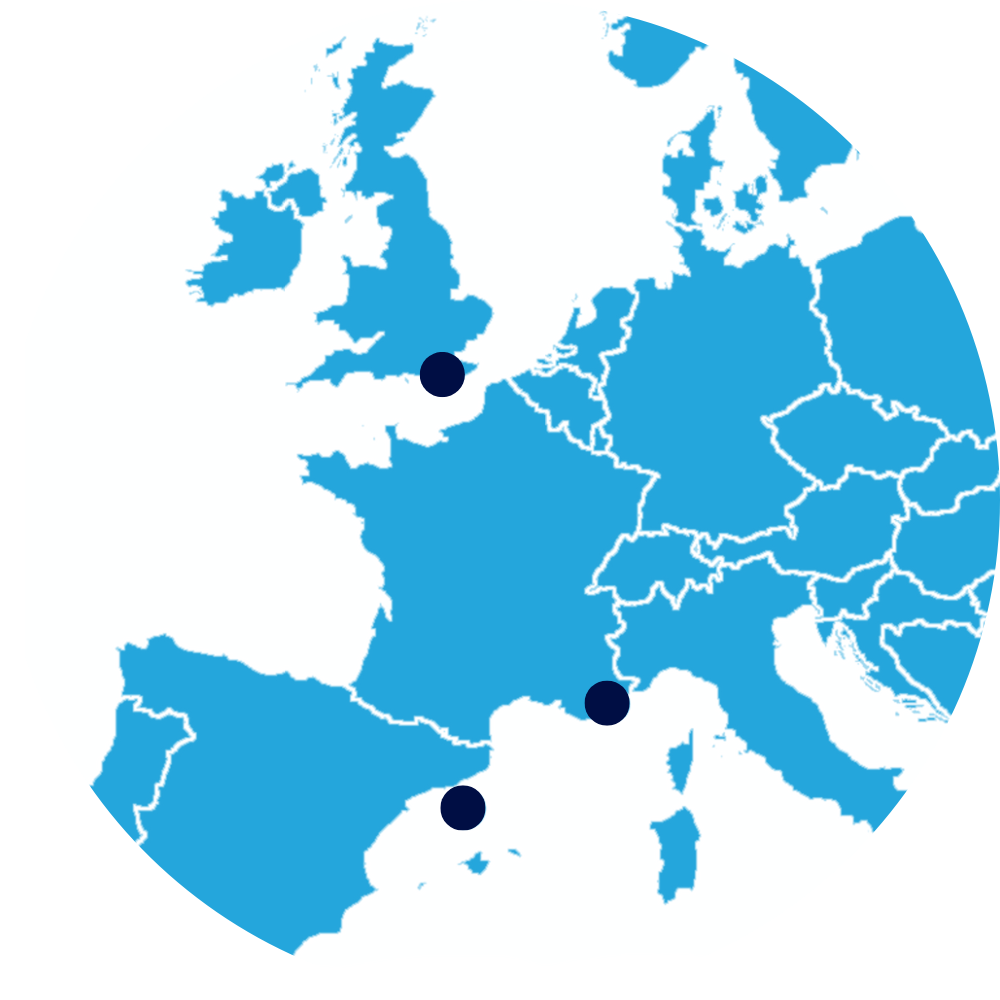Why Seagrass Matters
A nature-based solution for climate impact
Seagrass meadows are among the most efficient carbon sinks on Earth, capturing 30x more carbon than tropical rainforests per hectare.
seagrass restoration
Why Seagrass?
Their restoration not only helps mitigate climate change but also strengthens marine ecosystems, supports coastal protection, and sustains fisheries.
As we scale our efforts, seagrass offers a unique and impactful solution for companies and individuals looking to contribute to global climate action and carbon farming.
1/5
of the world’s largest fisheries rely on seagrass meadows as a nursery habitat.
29%
of known seagrass areas in the Mediterranean have disappeared since 1879.
30x
more carbon storage than tropical rainforests per hectare.
natural carbon sink
What is Seagrass?
Seagrass is a flowering marine plant that grows in shallow coastal waters, forming dense underwater meadows. There are approximately 72 species of seagrass worldwide, and these meadows provide essential food and habitat for a wide range of marine species.

Seagrass ecosystems rank among the most efficient natural carbon sinks on Earth, capturing CO₂ through photosynthesis and storing it as organic carbon below the seabed – often for thousands of years.
Despite their ecological value, seagrass meadows are disappearing at an alarming rate. In the Mediterranean alone, an estimated 29% of known seagrass areas have disappeared since 1879.
That is driven by coastal development, nutrient runoff, sedimentation, and climate change. These pressures not only reduce carbon sequestration potential but also destabilise marine biodiversity.
Our offshore aquaculture model is designed to shield young seagrass from these threats, enabling large-scale restoration where it’s needed most.
global impact
UN Sustainable Development Goals
Seagrass restoration aligns directly with the United Nations Sustainable Development Goals (SDGs), particularly:
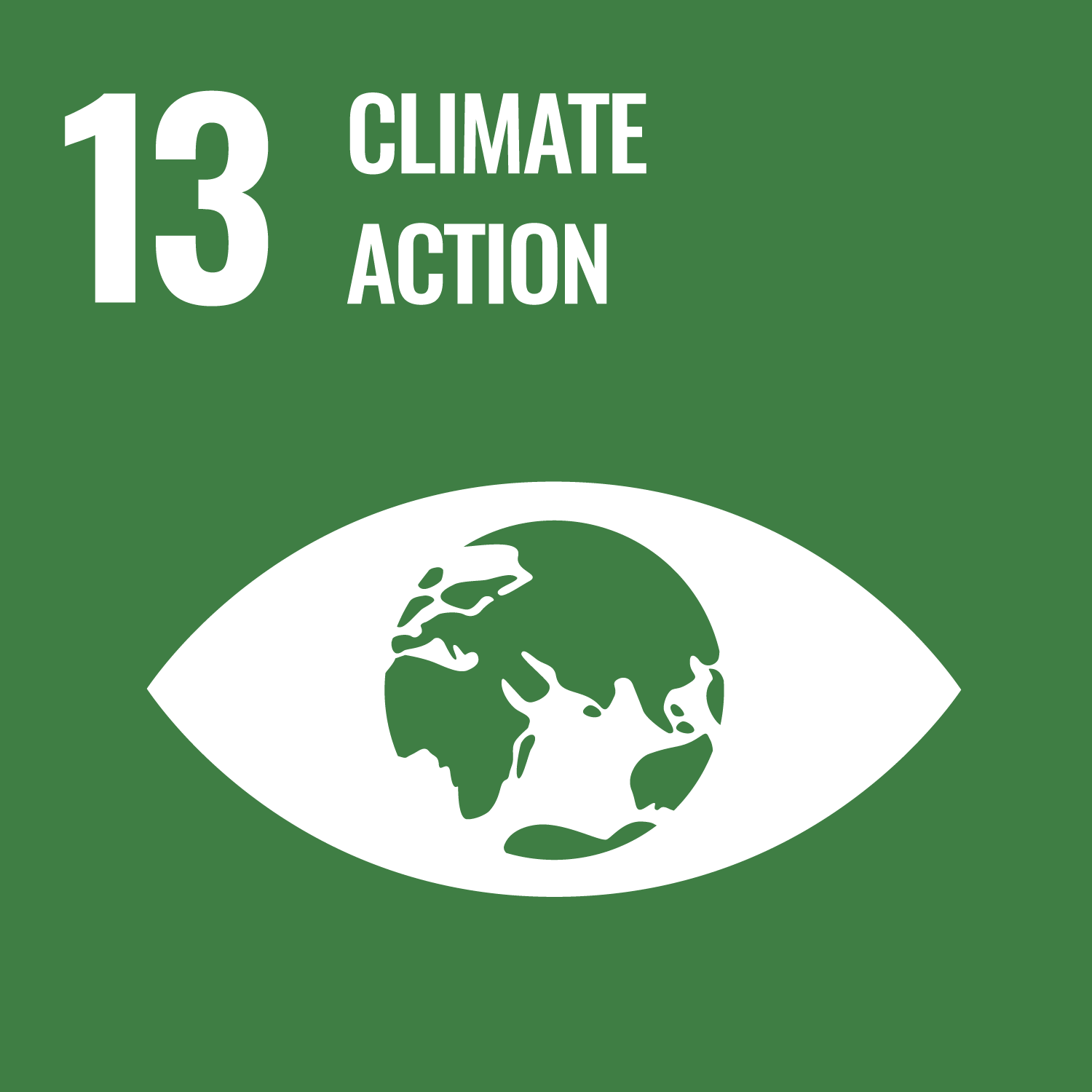
SDG 13: Climate Action
Through its ability to capture carbon, seagrass plays a key role in mitigating climate change.
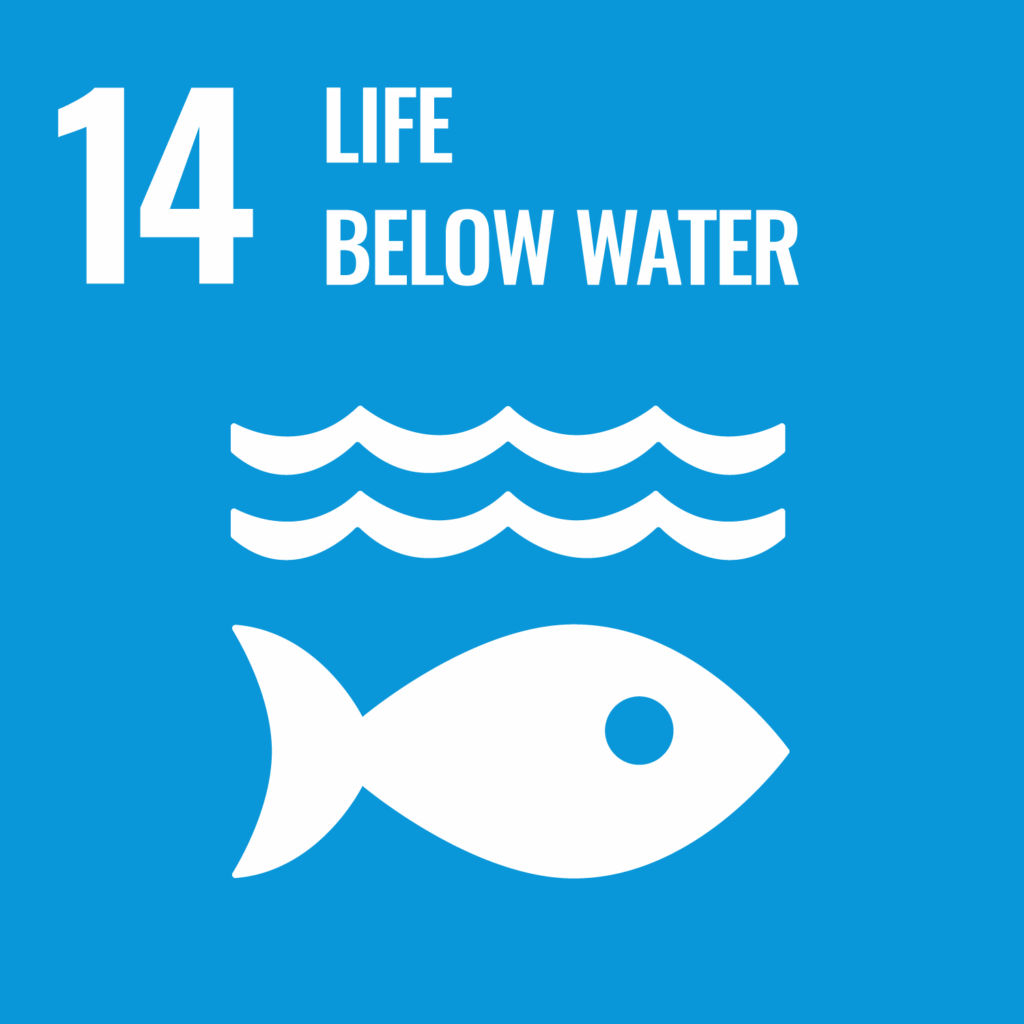
SDG 14: Life Below Water
Seagrass meadows are critical to marine biodiversity, supporting a wide variety of species and ensuring healthy, resilient ecosystems.
blue carbon
Carbon Sequestration: Why It Matters
One of the most compelling reasons to invest in seagrass restoration is its ability to capture and store carbon. Unlike trees, which need decades to mature, seagrass begins sequestering carbon almost immediately.
Once planted, seagrass roots lock carbon in the seabed for thousands of years, making it one of the most permanent and effective ways to store carbon and reduce the concentration of greenhouse gases in the atmosphere.
For companies aiming to meet net-zero targets and reduce their carbon footprint, seagrass restoration is one of the most effective blue carbon strategies out there.
Learn more about how our project can help you
How We’re Doing It
Offshore Seagrass Aquaculture
At Seagrass Blue, we restore Posidonia oceanica and Cymodocea nodosa, vital Mediterranean seagrass species, by cultivating them in floating ‘pod’ structures.
So, instead of planting seagrass in vulnerable coastal zones, like most traditional methods do, our team is farming seagrass offshore – and away from human impact.
Positioned 20 metres underwater and 4 km off the coast of Barcelona, these ‘marine pods’ act as seed trays and give young meadows the best possible start. This approach is…
Easy to monitor
Each pod is equipped with live underwater cameras and sensor systems, providing automated tracking of growth and environmental conditions.
Quantifiable
The system is purpose-built to generate metrics that meet carbon removal and sustainability reporting standards, helping partners track progress toward their climate goals.
Scalable
The modular pod system allows rapid deployment across diverse marine sites, making it easy to replicate and expand restoration efforts where they’re needed most.
Resilient
By farming seagrass away from coastal zones, we reduce failure rates and increase long-term meadow survival—addressing one of the key barriers in restoration today.
By pioneering this approach, Seagrass Blue is not only contributing to marine biodiversity but also offering a scalable solution for companies and governments aiming to achieve blue carbon targets, such as Marine Net Gain and the EU Nature Restoration Law, and net-zero emissions goals.
Our mission
Restoring 10 Hectares of Seagrass
We’re working to restore 10 hectares of seagrass meadows in the Mediterranean—a region especially impacted by habitat loss.
Restoring just 1 hectare of seagrass can capture up to 1000 tonnes of CO₂
So our 10-hectare goal has the potential to remove up to 10,000 tonnes of CO₂
join us
Help us plant 10 hectares of seagrass
We’re on a mission to restore 10 hectares of seagrass. We believe this is just the beginning, but we need your help to get there faster.
Whether you’re a company looking to offset emissions, a researcher exploring new technologies, or an individual passionate about ocean health, there’s a place for you in this restoration effort.
